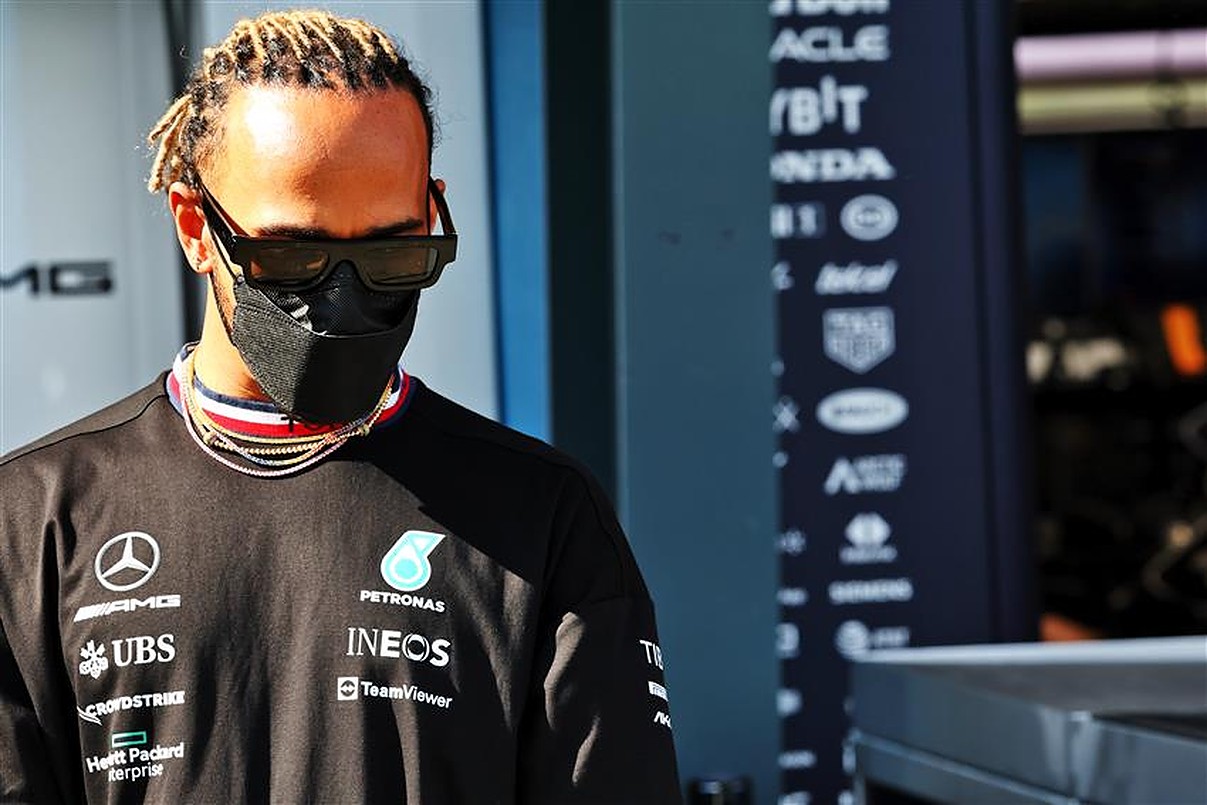Mercedes chief strategist James Vowles is pleased with the results cultivated from running additional sensors on Sir Lewis Hamilton’s car in Australia, despite adding weight to a car that is already over the limit.
One of the many issues Mercedes have been struggling with in the early part of 2022 is the new weight limit as a result of the vastly different technical regulations.
To try and get this weight down, and perhaps subsequently diminish the “porpoising” and handling problems, the Brackley squad opted to take the sensors off Hamilton’s car in the opening two rounds of the season in Bahrain and Saudi Arabia.
READ: Mercedes reveal Hamilton came close to suffering DNF in Australia
The Silver Arrows’ 2022 car is said to be at least eight kilograms over the 798kg limit set by the FIA, but the team decided to add the sensors back on in Melbourne.
Initially, this might seem counterproductive, but chief strategist James Vowles emphasises the importance of collecting valuable data so that they can learn about individual aspects of the car and improve them.
“The answer is yes. We always need to have a good understanding and be data-driven as an organisation,” he said during Mercedes’ YouTube debrief of the 2022 Australian Grand Prix.
“And it was painful, because taking sensors off the car because the car is too heavy means we are losing out on information, and what we concluded from the first two races is we had too many questions without answers as a result of doing so.
“In a normal year, you wouldn’t even consider not having sensors on the car. You would add what you need to, to make sure you understand what’s going on. But obviously this isn’t a normal year and the car is overweight.
“In terms of how it worked between the two cars, there are thousands of components that make up the racing car for George and for Lewis.
“And those components don’t weigh exactly the same amount, there is variability of a few grams here and there and the actual car weight as mentioned on the FIA scales between the two cars in the race was within a few grams of each other, so Lewis did a fantastic job by carrying these extra sensors.
“Ultimately, the cost was small, it was a matter of grams between the two, which is what we wanted.”
Vowles stresses that the data collected in Melbourne will not suddenly cultivate results, but it will help point the engineers in the right direction.

“To answer the bulk of the question though, have we got good data? Absolutely,” he affirmed.
“It’s not that, from this, you can suddenly find something that will turn everything on its head and will find a solution in one race, but it provides clues and understanding of what we need to do to move forwards.”
Mercedes have capitalised on Red Bull’s reliability woes to take two podiums – one a piece for Hamilton and team-mate George Russell – and they currently sit second in the Constructors’ Standings, 39 points adrift of Ferrari.

